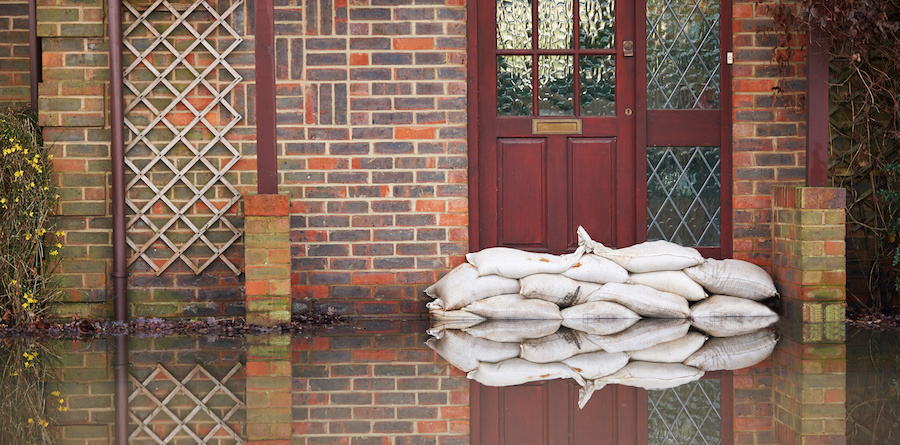It’s that time of year again. The days are shorter, the nights are longer and the weather is becoming more unforgiving. It seems that the winter storms that caused havoc in the UK back in the winter of 2013 are set to return again. It might only be November but there are already warning signs of the possible chaos to come.
Storms in the UK have led to flooding and power cuts this autumn. Storm Barney caused winds of 85mph leading to power cuts in areas of Wales, the Midlands and the South East. The storm also caused problems for commuters with trees falling onto train tracks leading to overhead wires being damaged and plenty of cancellations. Trees and lamp posts were also found on main roads leading to further delays for employees heading to and from work.
The flooding so far has been restricted to parts of Northern England and Wales due to high levels of rainfall. Fortunately little damage was caused as the rain disappeared as quickly as it had arrived; nonetheless the isolated incidents of flooding might be a taster of what is still to come.
Already it has been reported that this winter’s storms could be as disruptive as those in 2013. In 2013 many homes and businesses were left without power during most of the Christmas period, and after a particularly violent storm on December 5 a total of 100,000 properties were left with no power. If the upheaval of 2013 is anything to go by it is certainly recommended that businesses and home-owners in vulnerable spots begin to starting planning for this winter.
This unsettled weather has been attributed to the powerful El Nino weather system that will be in force this winter; El Nino comes around every two to seven years and often can destabilise weather patterns across the world. The last El Nino in 2009/2010 led to exceedingly cold weather in the UK and high levels of snowfall. The most disruptive El Nino in 1997 caused $45 billion in damages therefore it is advised that businesses in the UK, and indeed across the world, prepare for a season of highly volatile weather in order to minimise future financial losses as much as possible.
Before this winter’s stormy weather sets in businesses across the UK should brace themselves for the weather ahead. Often businesses alter their sale predictions according to the seasons, the same alterations should be made to their disaster recovery plans. UK businesses are rarely at the centre of natural disasters but as the UK’s weather becomes more unpredictable, particularly in the winter months, being prepared for such eventualities should be a priority.
This includes making detailed disaster recovery plans that will ensure business continuity should a storm cause disruption. It is likely that businesses will be affected by power cuts and floods this winter; these are two scenarios businesses should be the most prepared for as they often cause the most disruption. Power cuts are not always just the cause of adverse weather; the National Grid has warned about energy shortages this winter with the differences between supply and demand estimated to become very fine indeed. On average 80% of businesses without effective recovery plans have to close 12 months after a flood; not being prepared this winter is certainly not a risk worth taking.
For a successful disaster recovery plan this winter it is advised that businesses consider doing the following:
- Assess what the greatest threats to their business continuity are
- Provide sufficient employee training
- Frequently test recovery plans
- Regularly back up their vital information
- Calculate recovery point objective and recovery time objective
These are just a few of the most basic steps a business should consider taking when implementing a recovery plan and for each business the steps to effective disaster recovery are going to be different. For fuller advise businesses should seek outside help as an insufficient disaster recovery plan is not much better than not having one at all.











